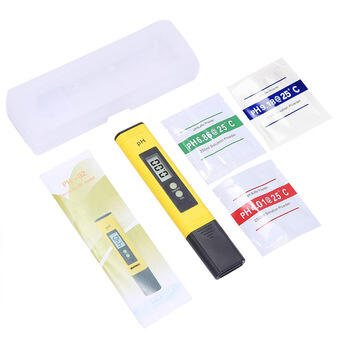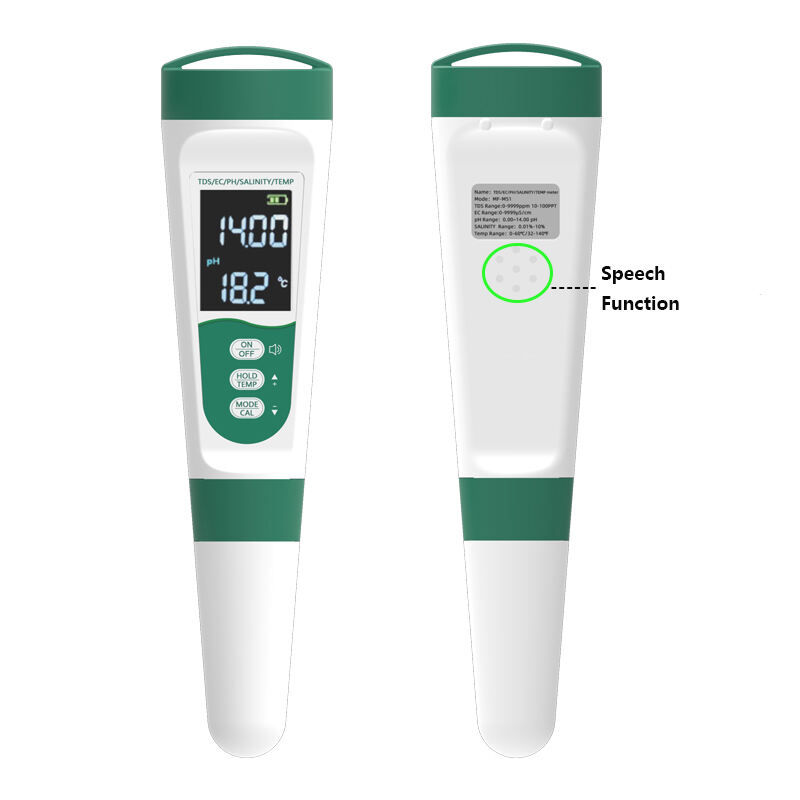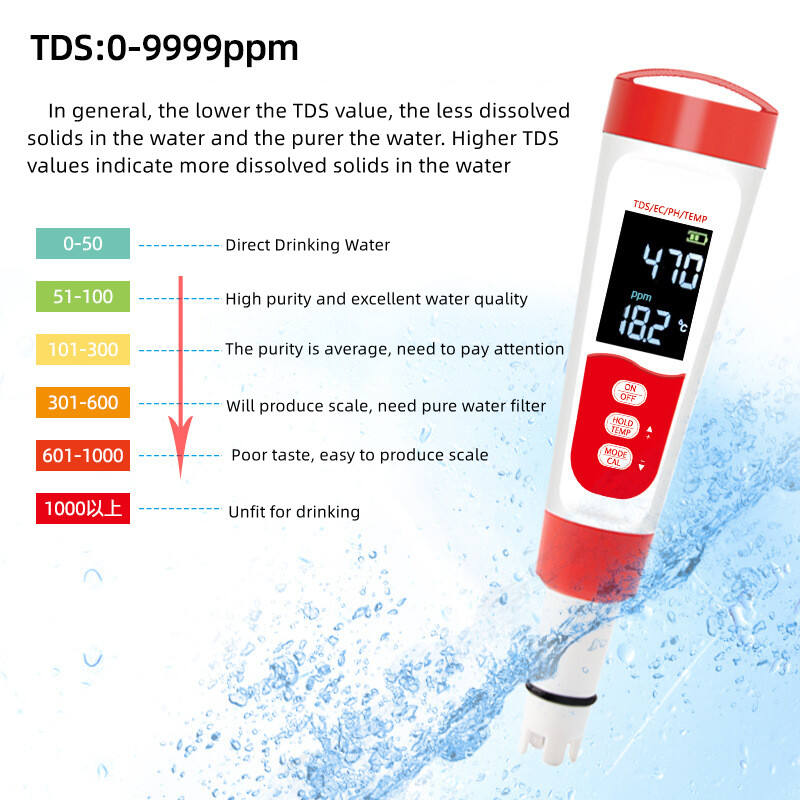salinity meter for aquarium
A salinity meter for aquarium is an essential tool for maintaining optimal water conditions in marine and reef aquariums. This precision instrument measures the salt concentration in aquarium water, providing accurate readings that are crucial for the health and survival of marine life. Modern salinity meters utilize advanced conductivity measurement technology to detect the amount of dissolved salts in water, typically displaying results in parts per thousand (ppt), specific gravity, or practical salinity units (PSU). These devices feature temperature compensation capabilities, ensuring accurate readings across various water temperatures, and often come with digital displays for easy reading. Most contemporary models are designed with waterproof housings and automatic calibration functions, making them both durable and user-friendly. The measurement process is straightforward: users simply immerse the probe into the aquarium water and receive instant readings. Many advanced models also include data logging capabilities, allowing aquarists to track salinity trends over time. This historical data is invaluable for maintaining stable aquarium conditions and troubleshooting potential issues before they become problematic. The technology has evolved to include smartphone connectivity in some models, enabling remote monitoring and data analysis through dedicated apps.


